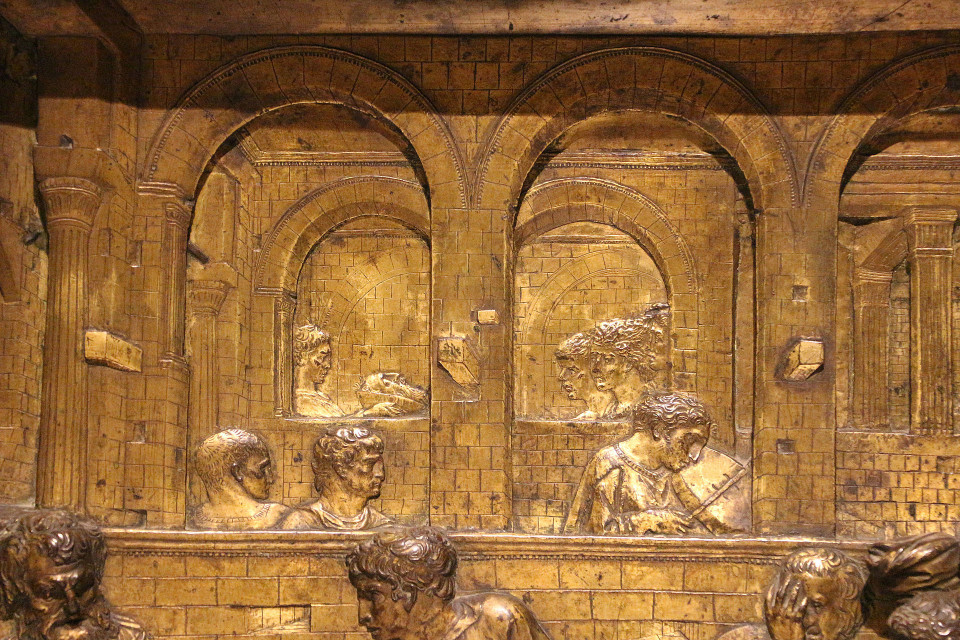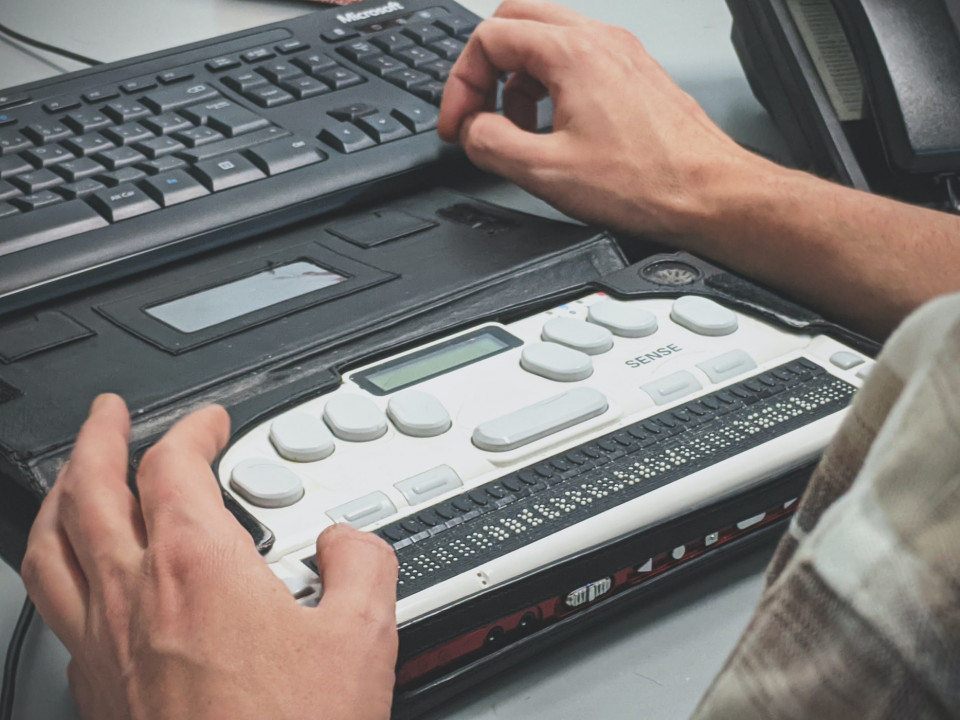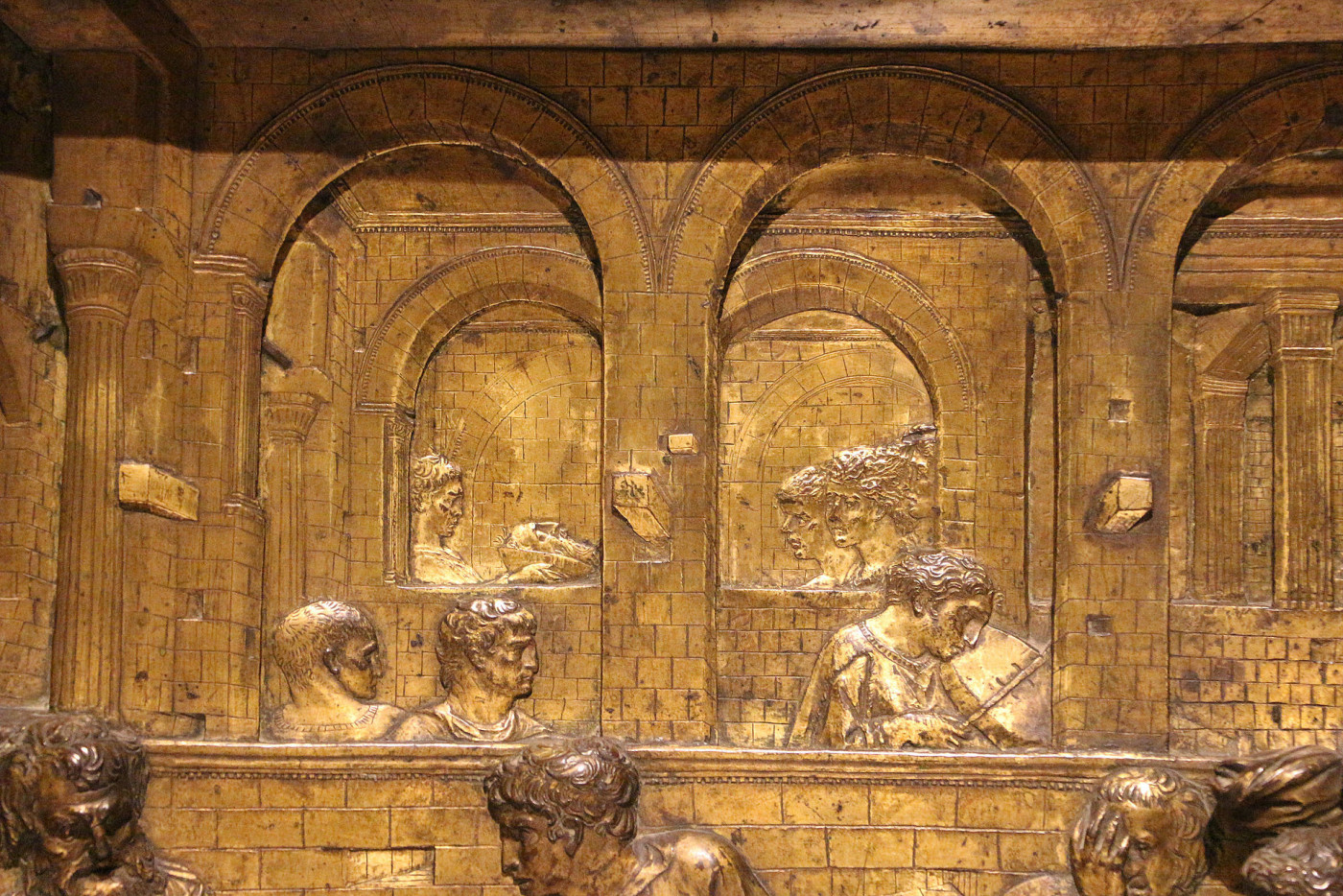Augmented, Diminished, Alternative Reality
Is Augmented Reality really a richer version of the reality around us? What do we lose every time we use a device?
Science fiction has often predicted technological innovations, particularly those related to Artificial Intelligences and the human-machine relationship-somewhat too optimistic, however, predictions about interstellar travel. One of the most prolific and award-winning science fiction authors is Isaac Asimov: in his book The Feeling of Power (in Italy “Nove volte sette”, 1958), the future human species is able, with the help of machines, to perform complex calculations at the speed of light, travel to different galaxies, yet it is so tied to the use of peripherals and synthetic Intelligences that it has lost computational capacity and ingenuity. As Darwin described in his studies of the evolution of the human species, over time individuals adapt and their bodies evolve accordingly, maintaining and developing useful features and atrophying superfluous ones.
Asimov describes a future in which man, by delegating all kinds of computation, memorization, and inventiveness to machines, comes closer and closer to the concept of a "nonconscious machine," an automaton, while the machine increasingly resembles the human being as we know him today. The author also creates a relationship between humans and the reality around them that is different from what it was for millennia, but not conceptually inverse to what we experience today. In my view, the trend toward such a future is clear: within this relationship there is not only man, who entrusts manual tasks to the machine to save effort or live in greater safety, but also ubiquitous technology, which acts as a filter for human senses' perception of reality.
If reality, according to John Stuart Mill, is something that is capable of triggering a state of consciousness through perception, it goes without saying that any filter placed between us, our sensory receptors and reality reduces, and in a sense goes to select, the information that humans acquire.
This is true in general with regard to our "natural" perception, that which does not involve screens or peripherals: for example, just as the eye transmits only certain images to the brain, so too does touch-specifically, tactile receptors-act as a filter by selecting only certain information to send to the brain via the nervous system. Just as switching from an analog to a digital data source implies a loss of data (think of music recorded directly to tape and its counterpart in digital format), the human body takes in only a fraction of the information present in reality.
Interestingly, long before the advent of digital technologies and Augmented Reality, human beings have sought to "enrich" reality with sensory artifacts and illusion techniques in order to convey a message or emotion. One field where this has emerged in an exciting and still fascinating way is that of art.
Artifices have always been devised in the History of Art to create an illusion for the human eye. Sometimes the goal is to report reality as we see it, on a two-dimensional surface or a three-dimensional sculpture. In the former case, one of the greatest discoveries was perspective, which still fascinates the viewer today and grants the painting a semblance of depth and realism. The human eye is thus "tricked," but without the help of external peripherals, analog or digital: it is itself that, because of its own characteristics and the cognitive work of the brain, makes us believe that we are looking at something similar to reality. We can speak here of "augmented reality" because of the technique used by the artist, which makes the work a kind of augmenting peripheral to that two-dimensional reality.

Donatello, The Feast of Herod, 1423-1427, gilt bronze, 60 x 60 cm, relief on the baptismal front of Siena Cathedral.
In other cases, when we use tablets, glasses, magnifying glasses or earphones, we perceive reality as diminished as our sensory receptors are supported (and in some cases replaced) by artificial counterparts, whether analog or digital. In particular, the effect is even greater if the peripheral we use digitally processes the data before finally displaying it, since every digital resource is a representation, by definition sampled, of the world around us. A good example might be Augmented Reality on the smartphone: the camera captures reality and the screen manifests a modified version of it.
The information that can be processed by any computer is part of a "discrete" space, in which it operates by intervals, albeit tiny, that are well defined. In contrast, the reality around us and natural mechanisms operate in a "continuous" space, which therefore cannot be described with total accuracy in a discrete representation, except by omitting details. How much these details compromise our perception of reality is an interesting aspect that humans have always tried to improve: for example, in audio digitizations only frequencies that are inaudible to the human ear are removed. But theoretically speaking, in this sense, computers limit our "vision" of reality.
Why then do we talk about Augmented Reality? Because this term refers to the fact that the reality we enjoy through certain technologies is presented to us with additional, not necessarily enhancement content: the resulting view is, so to speak, an alternate reality. A display can present us with information such as our health status, the status of our vehicle, information about a place nearby. What does this information have in common? They would take time to find, compute, and on complex systems they are proactively offered to us, that is, they anticipate the need to have it, as smarter systems learn about us. In many cases, Augmented Reality thus becomes an extension of our body, coming to meet us where it does not arrive or does not want to arrive.
It is precisely in these cases that, in my opinion, Augmented Reality acquires its greatest value: when it allows humans to overcome their physical and cognitive limitations and perform operations (or enjoy content) that would otherwise be impossible, inaccessible. Augmented Reality is a tool for accessibility.

Every assistive peripheral can be considered in a broad sense an Augmented Reality medium, since it allows access to content of the surrounding reality that would normally be precluded to us. It does not augment reality, but creates an alternative relationship with it, introducing new possibilities. Alternative reality may be "fake," or somewhat synthetic and simplified, philosophically speaking, but in practice it can improve the lives of many people. Do we really care that by wearing a pair of glasses we diminish our view of reality by introducing a glass filter between us and the world? In practice little, if it helps us distinguish more detail and supports a visual impairment. The same reasoning should be extended to "Augmented Reality," understood as an IT trend, back in vogue in recent years. More and better access to culture, information, and entertainment can make a difference in the quality of life.
So if, from a philosophical and conceptual point of view, so-called "Augmented Reality" is in fact a diminished version of the reality around us, it should not be forgotten that in practice certain tools and technologies can really allow a fruition of reality, otherwise impossible for many users, in an alternative version of it. The awareness must be maintained that adding a screen or other type of "filter" other than our human senses means using these senses only in part, and this may, in time, lead humans to diminish their sensory capabilities. Aware of this, we must recognize the enormous contribution that certain technologies have made to the everyday life and standard of living of many individuals in modern society.
Bibliography:
- Roberto Dal Monte, La realtà diminuita – Fenomenologia di un mondo in riduzione, Le lanterne di Diogene, 2016
- John Stuart Mill, Sistema di logica
- Isaac Asimov, Nove Volte Sette (The Feeling of Power), If, 1958
- Nicolò Carpignoli, The men of the future will fly across the universe but they won’t be able to calculate 2+2, articolo di blog, https://medium.com/@nicolcarpignoli/the-men-of-the-future-will-fly-across-the-universe-but-they-wont-be-able-to-calculate-2-2-8e93b93412f, 2018
- E. H. Gombrich, La storia dell’arte, PHAIDON, Ed. Italiana, 2009
- Loomis, J. M., & Lederman, S. J., Tactual perception. In K. R. Boff, L. Kaufman, & J. P. Thomas (Eds.), Handbook of perception and human performance, Vol. 2. Cognitive processes and performance (p. 1–41). John Wiley & Sons, 1986
